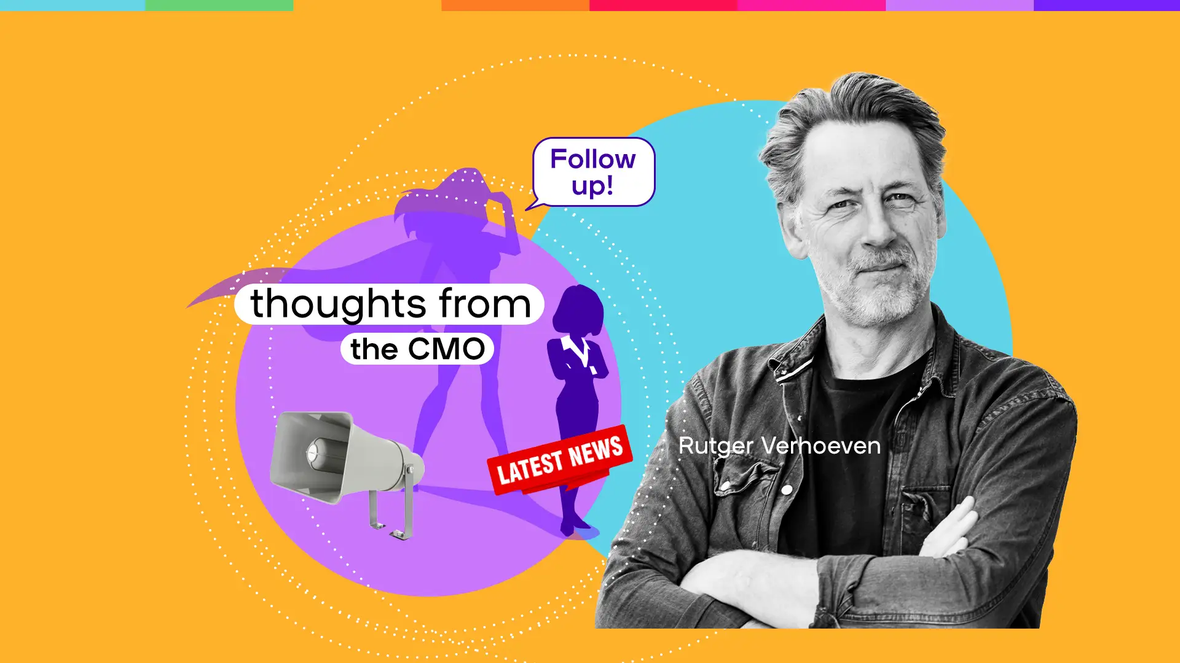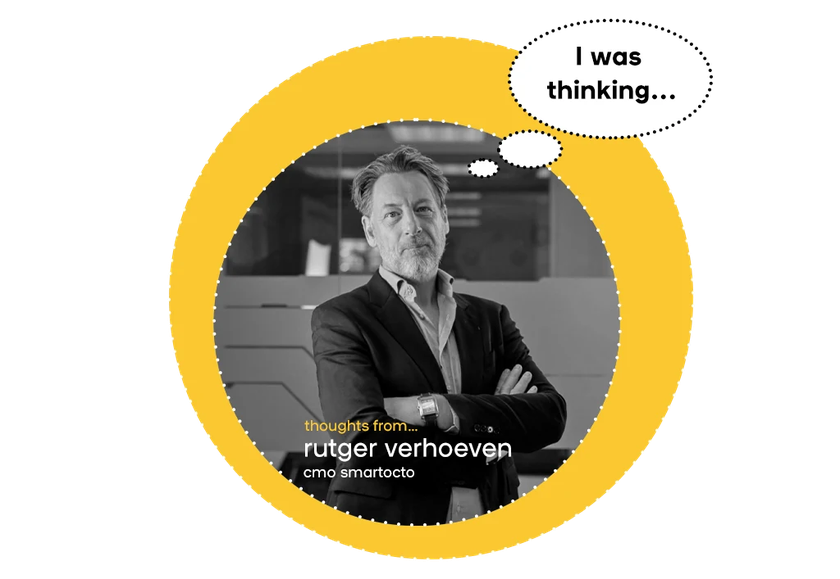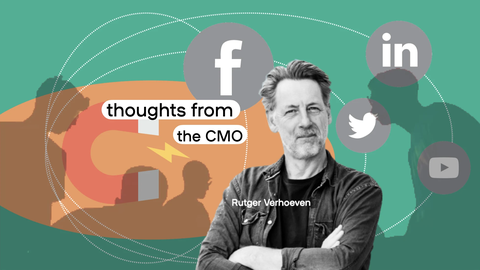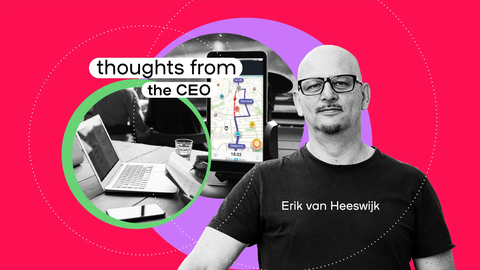If editors are busy, the newsroom needs someone to keep an eye on the kiddos. Or, in this case, all those articles, stories, videos, and content that those editors have commissioned and published.
Yes, there’s always news breaking, and things which need to be covered, but paying attention to how existing content has performed is essential if you’re interested in what impact you’re having (and why wouldn’t you be?). The Hearken model has been talking about this for years (so you should definitely read up on that here or just Google the heck out of it).
In order to foster a better, more productive relationship between news brand and reader, some childcare is required to make sure articles are being nurtured the best they can. If you do this, you’ll get better engagement and better loyalty from your audience as a result, and you’ll be ensuring that all that content is given the best opportunity to thrive in the world. It’s responsible publishing-parenting.
Luckily this is now pretty easy. Newsroom notifications - and especially our latest development, the actionable bigscreen ‘Waves’ that has an action centre giving you all the necessary urgent actions at a glance - help you to pay attention to the stories that really matter. This facility allows you to send relevant, actionable tips to any inbox you prefer (whether it’s Slack, Mail, WhatsApp or hence even Wunderlist - whatever floats your boat).
Newsrooms - you - are busy. We get that. We also know that this notification system works: lots of newsrooms across the world already use this powerful feature.
But - to make sure no relevant update or follow up gets missed - wouldn’t it be great to have a newsroom nanny as part of the editorial team? Someone who has only one job and that is to keep track of all the attention published stories are getting and is responsible for taking those notifications and making sure something gets done with them. Someone who makes suggestions for follow ups based on these actionable tips.
For example, when smartocto calculates that a story could benefit from a ‘contextual follow up’ the newsroom nanny would be the one creating suggestions about what this might look like. If the ‘divert me’ suggestion is calculated, they would start thinking about a possible listicle or more creative angle to explore that topic. It would be a great job to have, a massive help to the newsroom but above all a pure blessing for the audience that wants to start building relevant online relationships based on these stories and topics.



